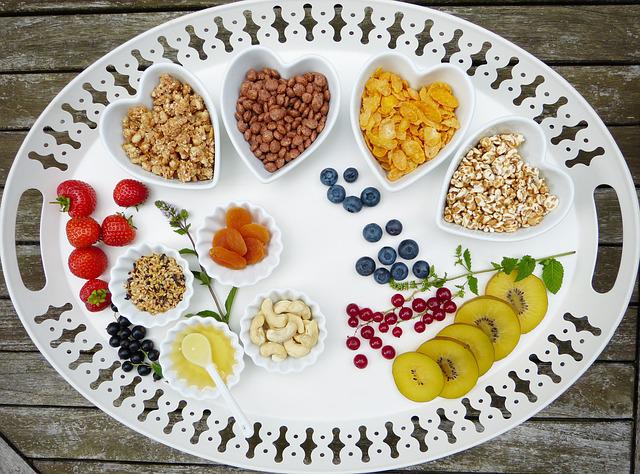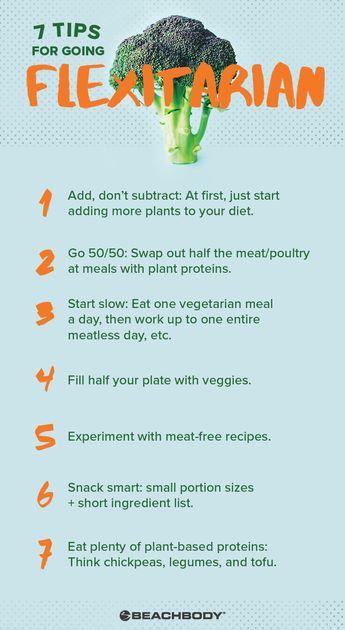
Are humans omnivores? They may not be, but that doesn't mean they don't eat plant-based foods, either. Humans have a 2.21 trophic level, which means that many people eat mostly plants. Before the industrial revolution, most humans lived more plant-based lifestyles. Some other animals are omnivores, such as pigs.
Grasshoppers
Grasshoppers are insects, and the only species on earth that chews on plants. This makes them among the oldest chewing insects. Caelifera is the family that includes grasshoppers. They are about 250 million years old and are part of the Triassic.

Grasshoppers exist in many ecosystems. Although they can be irritating to humans, grasshoppers are actually an essential part of the ecosystem. Grasshoppers keep the environment healthy by feeding the predators on which they feed.
Carnivorous animal
The idea that humans are a product of carnivorous mammals is not new. In fact, Dr. Walter L. Voegtlin argued in his book, The Stone Age Diet, that the human diet was mainly comprised of fats, proteins, and small amounts of carbohydrates. This theory was supported by several factors, such as the fact that the jaw of man is designed to crush and moves vertically, and that the human stomach has a two-quart capacity and contains hydrogen chloric acid.
Humans used to eat fruit, supplemented with eggs and small prey, until the Upper Paleolithic. They ate very little big game and rarely. This hypothesis is also supported by studies on higher apes. Chimpanzees share 98% with humans and are therefore the closest living relatives. The digestive systems of humans and chimpanzees are also similar.
Herbivores
Although humans share more similarities with herbivores and carnivores than they do with carnivores (the main classifications), there are some key differences between them. One major difference is the way humans digest their food. Our mouths are too small and cannot swallow large pieces of food so we need to chew them carefully before swallowing. Carnivores, by contrast, tear apart food and swallow it quickly.

A vegan diet has fewer calories than a traditional meat-based one. Because meat is higher in calories than vegetables, meat eaters are more likely to be overweight. The risk of colon cancer could also be increased by consuming meat. Harvard University found that colon cancer is more likely if you eat meat five or more times per week.
FAQ
Take herbs and other supplements to improve your immunity
It is possible to boost immune function by using herbs and natural remedies. Examples include ginger, garlic and oregano, echinacea, vitamin C, ginkgo Biloba, and echinacea.
These herbal remedies should not be used in place of conventional medical treatment. These herbal remedies can cause nausea, diarrhea and stomach cramps. They can also cause dizziness, headaches, dizziness, allergic reactions, and stomach pains.
How do I know what's good for me?
Listening to your body is essential. Your body knows what you need when it comes time to eat, exercise, and get enough rest. It's important to pay attention to your body so you don't overdo things. You must listen to your body to ensure you are healthy.
How to measure body fat?
A Body Fat Analyzer is the best way to measure body weight. These devices measure the body fat percentage in people who wish to lose weight.
Are there 5 ways to have a healthy lifestyle?
Are there 5 ways to have a healthy lifestyle?
Living a healthy lifestyle includes eating right, exercising regularly, getting enough sleep, managing stress, and having fun! Avoiding sugar and unhealthy fats is key to eating well. Exercise helps burn calories and strengthens muscles. Get enough sleep to improve your memory and concentration. Stress management can reduce anxiety and depression. Fun keeps us vibrant and young.
Statistics
- nutrients.[17]X Research sourceWhole grains to try include: 100% whole wheat pasta and bread, brown rice, whole grain oats, farro, millet, quinoa, and barley. (wikihow.com)
- WHO recommends reducing saturated fats to less than 10% of total energy intake; reducing trans-fats to less than 1% of total energy intake; and replacing both saturated fats and trans-fats to unsaturated fats. (who.int)
- The Dietary Guidelines for Americans recommend keeping added sugar intake below 10% of your daily calorie intake, while the World Health Organization recommends slashing added sugars to 5% or less of your daily calories for optimal health (59Trusted (healthline.com)
- According to the Physical Activity Guidelines for Americans, we should strive for at least 150 minutes of moderate intensity activity each week (54Trusted Source Smoking, harmful use of drugs, and alcohol abuse can all seriously negatively affect your health. (healthline.com)
External Links
How To
What does the "vitamin") mean?
Vitamins are organic compounds that can be found in foods. Vitamins aid us in absorbing nutrients from the food we eat. Vitamins cannot be made by the body; they must be taken from food.
Two types of vitamins exist: water soluble and oil soluble. Water-soluble vitamins dissolve easily when they are dissolved in water. Some examples include vitamin C,B1 and B2 vitamins (thiamine), B2 and riboflavin, B3 and niacin, B6 vitamins (pyridoxine), B6 vitamins (niacin), folic acids, biotin, pantothenic acids, and Choline. Fat-soluble vitamins are stored within the liver and in fatty tissue. Some examples include vitamin D and E, K, A, beta carotene, and A-vitamins.
Vitamins are classified based on their biological activity. There are eight main groups of vitamins.
-
A - vital for normal growth and maintaining good health.
-
C – essential for proper nerve function.
-
D - essential for healthy teeth and bones.
-
E - needed for good vision and reproduction.
-
K - Essential for healthy muscles and nerves.
-
P – Vital for building strong bones.
-
Q - aids digestion and absorption of iron.
-
R - Required for red blood cell production
The recommended daily allowance (RDA) of vitamins varies depending on age, gender, and physical condition. The U.S. Food and Drug Administration has established the RDA values.
For adults aged 19 and older, the RDA for vitamin B is 400 micrograms daily. Pregnant mothers need 600 micrograms a day to ensure fetal growth. Children ages 1-8 require 900 micrograms per day. Children under 1 year old require 700 micrograms daily, while infants over one year old need 500 micrograms every day. This decreases between 9 and 12 months.
Children ages 1-18years who are obese need 800 micrograms per day while those who are overweight need 1000 micrograms per day and children who are underweight need 1200 micrograms per day to meet their nutritional needs.
Children between 4-8 years of age who have been diagnosed by anemia must consume 2200 micrograms daily of vitamin C.
2000 micrograms is the minimum daily intake for general health in adults older than 50 years. Mothers who are pregnant, nursing, or have a high nutrient need will require 3000 micrograms a day.
Adults over 70 require 1500 micrograms each day, since they lose approximately 10% of muscle mass each decade.
Women who are pregnant or nursing need more than the RDA. Pregnant woman need 4000 micrograms daily in pregnancy and 2500 per day after childbirth. Breastfeeding moms need 5000 micrograms per daily when breastmilk production occurs.